So you’ve found yourself in a consulting job. Maybe you’re new to the industry, or perhaps you have a decades-long career under your belt. Either way, you have to deal with one of the thorniest parts of the job: the proposal.
Consulting proposals are how you attract potential clients. They’re your opportunity to stand out from the crowd and prove that you can do the job. But how do you write an effective one?
We’ll go over a few pointers. By learning what your consulting proposal needs to accomplish and how to do that, you’ll have a formula for a template that impresses every single time.
Basic Formatting
Your proposal should be clean and clear. At the top of the page, write the proposal date, the client’s name, company, and address. You also want to include a greeting. “Dear [John]” works fine.
Overview
This is where you’ll explain the project as concisely as possible. You’ll tell the client what the biggest challenge is and what the potential rewards are. Since proposals come when you’ve spoken to the client, use this section to reiterate what they’ve told you.
Goals
The goals section doesn’t need to be extravagant. Keep it short, sweet, and to the point. Make a bulleted list that summarizes what goals your client has.
Before the proposal stage, you’ll want to learn about these goals from your client. Understanding the client’s desires is the most crucial aspect of creating a plan that works.
Measurement of Success
What happens when the goals are achieved? How will the client’s business be different?
Maybe you’ll save an hour for everyone each day by streamlining company operations. Perhaps it will be easier for employees to track their tasks and delegate to avoid burnout.
Whatever it is, make sure you use concrete numbers to illustrate the exact projected improvement.
ROI
You’ll do return-on-investment calculations to show the client how fast they’ll make their money back.
For example, improved efficiency leads to extra time, which leads to more client opportunities.
Increased conversions mean that more leads will become customers, which then becomes an increased revenue source.
Responsibilities
Finally, explain what responsibilities your company will take on throughout the project. Give the client a guarantee of your results.

